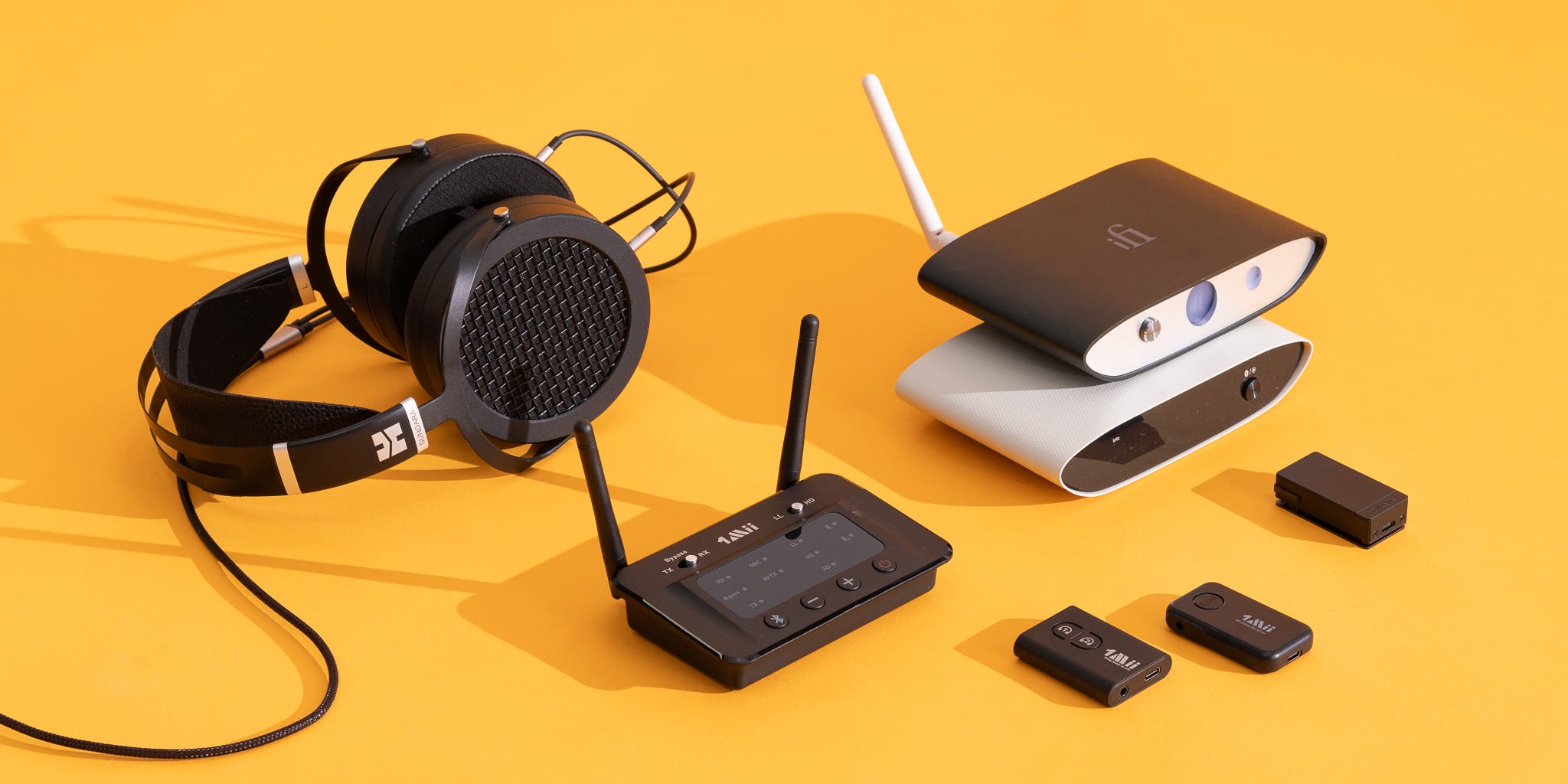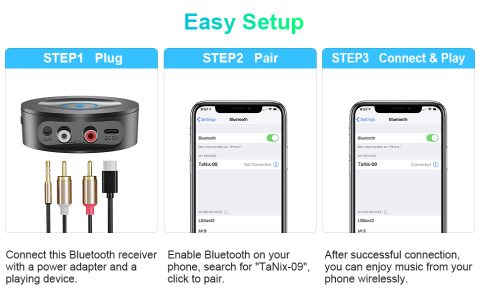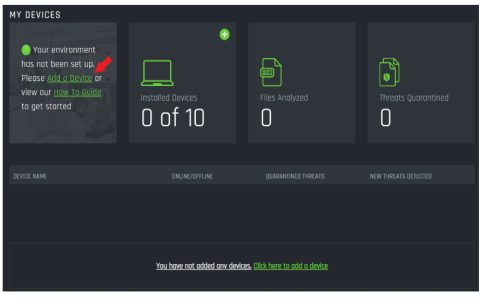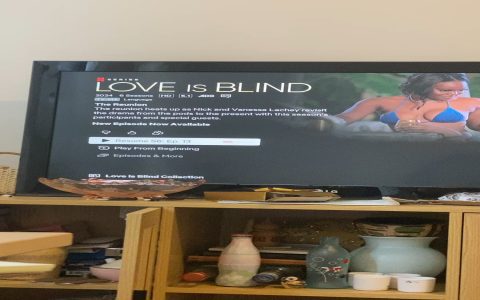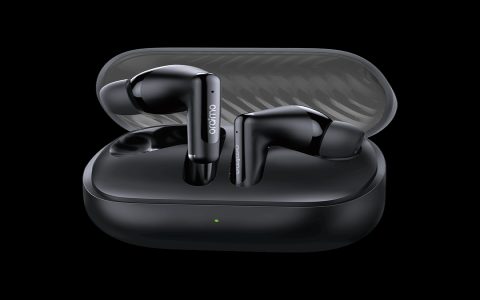A Bluetooth receiver seamlessly integrates with your existing home stereo system, enabling wireless audio streaming from your smartphone, tablet, or computer. This effectively modernizes your cherished analog or digital audio setup, transforming it into a versatile, Bluetooth-controlled entertainment hub.
Key Features for Optimal Performance
- Bluetooth Version: Prioritize receivers with Bluetooth 5.0 or newer (e.g., Bluetooth 5.3). These versions offer enhanced stability, greater range, and faster data transfer, contributing to a more reliable and higher-quality audio stream.
- Audio Codec Support: This is crucial for sound fidelity. Look for support for high-resolution codecs such as aptX HD, aptX Adaptive, LDAC, or AAC (particularly for Apple devices), in addition to the standard SBC. The supported codecs on both your transmitting device and the receiver will determine the final audio quality.
- Output Connectivity: Ensure the receiver has the appropriate outputs for your stereo. Common options include analog RCA and 3.5mm jacks, and digital outputs like Optical (Toslink) or Coaxial. Digital outputs can offer a cleaner signal path if your amplifier or external DAC supports them.
- Integrated Digital-to-Analog Converter (DAC): If you plan to use the receiver's analog outputs, the quality of its internal DAC is paramount. A high-quality DAC will convert the digital Bluetooth signal to an analog signal with greater accuracy and less noise, directly impacting sound quality.
- Operating Range: Consider the size of your listening area. A good receiver should offer sufficient range to maintain a stable connection without audio dropouts, even when your streaming device is not in the immediate vicinity.
- Ease of Use and Pairing: Look for straightforward pairing processes. Features like multi-point Bluetooth, which allows connecting two source devices simultaneously and easily switching between them, can enhance convenience.
- Transmit Functionality (Optional): Some advanced Bluetooth adapters also function as transmitters. This allows you to send audio from your stereo system (e.g., a turntable or CD player connected to your amplifier) to Bluetooth headphones or speakers.
Achieving Superior Sound Quality
The ideal Bluetooth receiver for your home stereo is one that complements your existing equipment and listening preferences. High-fidelity audio reproduction relies on minimizing signal degradation. Therefore, selecting a receiver with robust codec support, a quality internal DAC (if using its analog outputs), and stable connectivity is essential. For setups incorporating high-end amplifiers and speakers, a receiver supporting lossless or near-lossless codecs and offering digital output options is highly recommended to preserve audio integrity.
Seamless Integration
Integrating a Bluetooth receiver is typically a simple process. It connects to an auxiliary input (e.g., AUX, CD, Tape) on your amplifier, receiver, or powered speakers. Once paired with your source device, you can effortlessly stream music services, podcasts, or any audio from your phone or computer directly to your high-quality home stereo speakers, breathing new life into traditional Hi-Fi systems.
